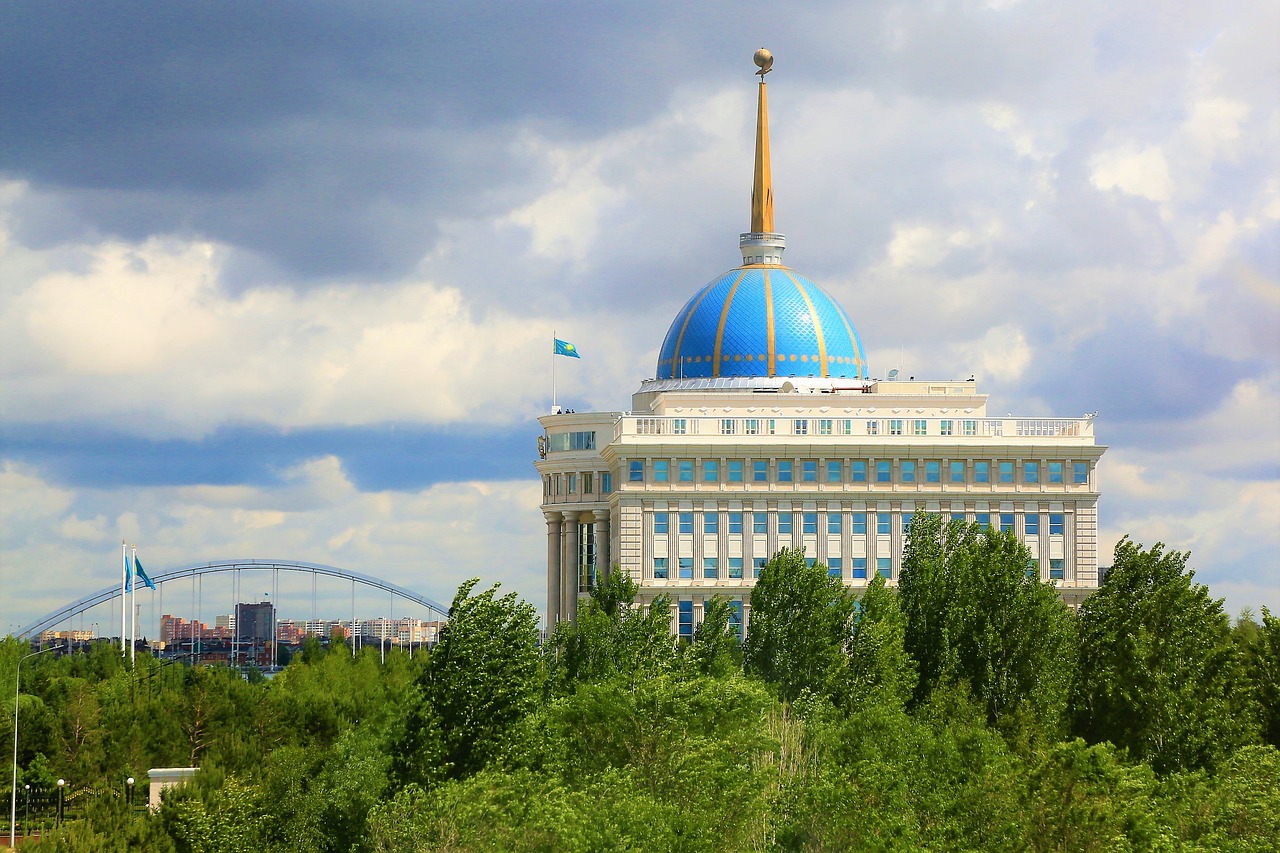On March 16, 2022, after the tragic events of January’s political unrest, President of the Republic of Kazakhstan Kassym-Jomart Tokayev addressed the nation with a message entitled “New Kazakhstan: the Path of renewal and modernization,” in which the President presented a number of political reforms. It is worth noting that during the first two years of his term as President, Tokayev undertook a series of initial reforms aimed at enhancing communications between society at large and the government, empowering women, removing obstacles in peaceful assemblies, and providing compulsory health insurance, among other policy aims. Thus, these previous political reforms, within the framework of which about 10 laws have already been adopted, have received their logical continuation and have acquired a larger scale. One of the conceptual foundations of the new reforms was the promotion of the formula “A strong President—an influential Parliament—an accountable Government.” Following this, a June 2022 referendum adopting amendments to Section IV of the Constitution laid the legal basis for reforming Kazakhstan’s Parliament.
Introduction of a mixed electoral system and strengthening the lower house of Parliament’s (Mazhilis) powers
From now on, according to Article 4 of the Law on the Parliament of the Republic of Kazakhstan and the Status of its Deputies, 70 percent of lower house deputies are elected from political parties on party lists in a single nationwide electoral district. The remaining 30% are elected in single-mandate territorial electoral districts on the basis of universal, equal and direct suffrage by secret ballot.
Thus, the proportional system will increase the number of political parties with representation in Parliament. The majoritarian system of elections, in turn, will allow the formation of strong ties between deputies and their constituents, which is timely and relevant for modern Kazakhstan. This is an additional mechanism of accountability for deputies since it will be possible to recall them in case they do not fulfill their election promises. The new mixed electoral model will ensure the breadth of political diversity, “without giving artificial preferences to anyone.”
Modernization of local representative bodies as a new impetus for the development of regions
The political reforms also addressed local legislative bodies called Maslikhats. In accordance with the amendments, now half of the Maslikhat deputies from regions, cities of republican significance and the capital will be elected by single-mandate territorial electoral districts. The other half will be elected by party lists. Thus, the allocation of a central place for parliamentary modernization will give a new impetus to the development of regions, improve quality of life for every citizen and nourish direct political participation in solving issues of local importance. The changes also correspond to international best practices in accordance with the European Charter of Local Self-Government.
A more effective model of checks and balances between the Houses of Parliament?
The provisions of the legislation defining the composition and structure of Parliament have been significantly revised. According to the new amendments, the President will now only appoint 10 senators instead of 15, five of whom will be recommended by a political body called the Assembly of People of Kazakhstan. Moreover, the powers of the Senate are now supplemented by the right to approve candidates for chairmen of the Constitutional Court and the Supreme Judicial Council, which oversees Kazakhstan’s judiciary. Such an innovation should not be seen as a means of control, but as a mechanism for taking into account the voices and opinions of social groups that are poorly represented in Parliament.
Results of parliamentary elections to the lower house of parliament (Mazhilis) and local representative bodies (Maslikhats)
Early parliamentary elections were held in Kazakhstan on March 19, 2023, which marked the end of the reformist electoral cycle. For the first time in the entire political history of the country, a wide variety of political entities took part—People’s Democrats, Social Democrats, opposition activists, entrepreneurs, and greens. For comparison, over the past decades in the country, the parliamentary majority in both chambers has always belonged to one ruling party. We do not deny that this year’s elections were no exception, but for the first time, six of the seven above-mentioned parties will now be represented in Parliament alongside the ruling party. Though this was achieved by lowering the entrance barrier, these reforms contribute to the state’s transition to new, fairer and competitive rules for the representative branch of government.
However, despite recent reforms, the regulatory framework still retains a number of shortcomings. These include disproportionate sanctions for campaign and campaign finance violations, restrictions on the right to run and the electoral rights of persons with disabilities. The reforms also have drawbacks regarding campaign finance transparency and the publication of disaggregated election results.
In conclusion, it can be argued that the elections, without rebuilding the country’s electoral system, nevertheless became a logical continuation of reforms in the state and also revived the party field and socio-political discussion. In general, the January events in Kazakhstan showed that there is a huge demand in society for qualitative changes in the work of the state. The introduction of a package of political reforms was a timely decision, generating systemic changes in the state’s legal, political, and economic spheres.
Aidana Tastanova is a Kazakhstan national and a 3rd year law student attending the Moscow State Institute of International Relations under a Kazakh government scholarship.


